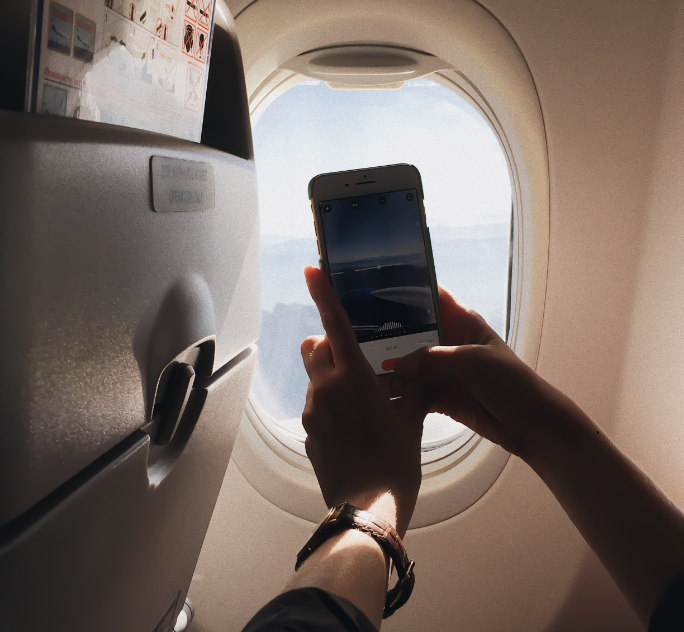Few social media updates are as enjoyable and enviable as travel content. There's no denying the mix of emotions that accompany this distinct digital experience: glimpse, for example, an influencer's gorgeous white sand beach photo, and you'll no doubt find the scenery calming — but you'll also wonder why you're not sinking your toes in the sand at this very moment. Expand this sensation across millions of followers, and it's easy to see why influencer marketing is so impactful in the travel and hospitality sectors.
There's no denying that today's travel brands are invested in social media — and increasingly, influencer-oriented — strategies. Our in-depth examination of 50 high-end properties revealed that the vast majority maintain a strong presence on Instagram, with some beginning to make forays into TikTok. YouTube is also a dominant force for travel content, as it gives aspiring travelers the chance to dive deep and immerse themselves in long-form, highly engaging videos.
Currently, most brand-generated travel content feels aspirational or downright romantic. The goal: to achieve an elevated aesthetic, complete with stunning shots of expansive beaches, mountain scenery, or cosmopolitan environments. When aspiring vacationers are desperate for excitement or escape, social media gives them the taste of travel they crave — and, done right, it convinces them to immediately start planning for dream vacations.
There is still a definite place for aspirational content. Increasingly, however, brands are seeking to build more authentic connections with their target customers. For a select few, this means exploring a more casual, behind-the-scenes vibe through TikTok. It's not easy to crack this platform, however, and many consumers in hospitality brands' target demographics aren't active there in the first place.
Therein lies the appeal of influencer marketing and user-generated content. Influencers know what their followers crave and are more than happy to deliver. They are especially excited to do so when they can craft content around beautiful or fascinating travel properties that they, themselves find compelling. This is the ultimate example of a win-win-win scenario: the influencer enjoys the glamor and excitement of onsite coverage, the follower gets to enjoy a wealth of compelling content, and the brand gets to connect with a larger, more engaged audience than would otherwise be available.



